"The Age of Rembrandt" @ the Albertina Museum, Vienna
Rembrandt Harmensz. van Rijn, Small Self Portrait, around 1657. Oil on canvas © Kunsthistorisches Museum, Vienna
VIENNA.- The exhibition The Age of Rembrandt assembles 150 works by some 70 artists from the Albertina Museum’s 17th century Netherlandish holdings, including Hendrick Goltzius, Rembrandt van Rijn, Aert van der Neer, Aelbert Cuyp, and Adriaen van Ostade. The unique selection is completed by some 40 oil paintings from various other collections and museums. The spectrum of the exhibition ranges from landscapes and city views, from maritime pieces and Italianised scenes to portraits, genre scenes and still lifes. Rembrandt, in his technical and thematic versatility, presents himself as an outstanding crystallisation point.
The Golden Age
During the 17th century the Netherlands experienced a unique florescence in the economic field, in numerous branches of the manufacturing trades - particularly in shipbuilding – and in the visual arts. After the separation of the Northern from the Southern Netherlands, Amsterdam took over the monopoly position from Antwerp as the most important seatrade port. The Dutch, who dominated the oceans to a large extent, drew much of their wealth from their East and West Indian colonies. The fact that in the Republic of the Seven United Provinces the patricians and the burghers played a dominant role was an unusual phenomenon by international comparison. As to the development of the visual arts, this situation was of decisive significance. Ownership of works of art became a status symbol for the wealthy homeowners, who equipped their interiors with oil paintings, as well as works on paper and vellum. Collecting was done, however, also for interest’s sake. The objects in demand were acquired in trade or directly from the artists. They, in turn, were stimulated by the free market to an intensive creativity. Within a short time they developed a large number of innovative, true-to-life pictorial genres that complied with the tastes and needs of the buying public and also corresponded with the artists’ own orientation. First of all the domestic landscape, whose discovery ranks among the pioneering achievements of the Netherlandish Golden Century, has to be mentioned here, as well as the city view, the maritime piece, the genre painting and the still life. The art of the portrait, too, flourished under the sign of burgher culture, as an exceptional occurrence within the international tradition of portraiture, which was largely aristocratic. Many artists, with great success, concentrated on special fields.
This division into various specialisations also had its effect on the artists' technical practice. Apart from paintings, it was drawings that took up a very largely autonomous role in the Netherlands of the 17th century. Apart from studies "drawn from life", which they produced for their own creative purposes, the artists often also devoted their talents to more commercial requirements. There was a demand not only for highly detailed, often large-scale compositions, which served as interior decoration; also the intimate and seemingly spontaneously drawn from reality, though in fact carefully composed, monochromatic sketches found a grateful reception. And yet these made-forthe-market, usually signed and dated works are by no means glib or marred by facile routine; on the contrary, they often display an extremely high measure of subtleness. Characteristically, and as a result of the multiplicity of techniques, of functions and the range of applications used, the works rendered on paper or vellum convey a much more differentiated image than do the oil paintings.
The collection of Netherlandish drawings held by the Albertina
This kaleidoscopic variety of artistic talent and technical prowess finds its full reflection in the Albertina’s holdings of 17th century Netherlandish drawings, the majority of which were acquired by the museum’s founder, Duke Albert of Saxe-Teschen.
With an extraordinary flair for well-balanced representativeness and artistic quality, the prominent collector – familiar as he was with the region through his governorship of the Austrian Netherlands in Brussels during the years from 1781 to 1792 – built up his collection of Netherlandish drawings. Thus it happens that, besides a high proportion of drawings by Rembrandt and other major artists, one may encounter numerous rarities by less well known yet most remarkable talents. Of course the situation regarding the attributions, especially in case of the great masters, has changed dramatically since that time. But today the number of undisputable works still appears to be so large as to enable the Albertina Museum today, solely on the basis of its own holdings, to present a highly representative survey of the art of drawing in the Netherlandish Golden Century – augmented by a concentrated selection of highlights from the collection of printed works. The fact that the exhibition is determined to a significant degree by carefully worked out and detailed executed compositions, which approximate to the character and the status of oil paintings, can be adduced to two factors. Firstly, that the style of rendering oriented towards the representational is largely represented in the Netherlands of the 17th century anyway, and secondly that Duke Albert, in accordance with his own tastes and the orientation of his times, showed a particular interest in such "pictures on paper".
The exhibition is segmented, to a large extent, chronologically, and also into temporally distinct, thematically oriented groups; occasionally – as in the case of Rembrandt Harmensz. van Rijn and Jan van Goyen – a single artist has been placed prominently at the centre.
The Exhibition
Tradition and Dawn of a New Era
This section is devoted to the period around 1600 when, in landscape art and equally so in the representation of animals, portraits and genre scenes, the fascinating transition took place from the Flemish dominated late mannerism to various forms of realism. The most important artists of this group include Hendrick Goltzius, Jacob Matham, Jacques de Gheyn, Jacob and Roelandt Savery, Gillis van Coninxloo, David Vinckboons.
Aspects of Early Realism
The examples grouped under the heading of Aspects of Early Realism reveal how Netherlandish artists at the beginning of the 17th century gradually began to conquer visible reality. The pioneers of this new, realistic genre of landscape rendition, which initially unfolded in Haarlem, were Esaias van de Velde and his cousin, Jan van de Velde II. About the same time, in Kampen, Hendrick Avercamp, in his densely populated scenes-on-ice and summertime river views, developed a typically dutch pictorial language, inspired as it was by the colourfulness of Flemish examples. A more painstaking realism is displayed in the portrait drawings of the Leyden artist, David Bailly.
Jan van Goyen and His Circle
Based on his superior significance, the painter and draughtsman Jan van Goyen is accorded a chapter of his own. During the 1630s and 1640s, this artist was the main representative of the monochromatic or "Tonalist" orientation in the field of landscape painting. As a draughtsman he was productive largely in the 1650s, employing, as did the co-founder of Tonalism, Pieter de Molyn, the black chalk, enhanced by grey washes, to render atmospheric effects. The moody river views of Salomon van Ruysdael display a special affinity to the art of Jan van Goyen.
Rembrandt Harmensz. Van Rijn
The focal point of the exhibition is a group of paintings, drawings and etchings by Rembrandt who, as an exceptional genius, created a unique synthesis from the widest variety of inspirations. This selection, which covers the early Leyden years from around 1626 up to the late creative period around 1660, shows the entire spectrum of his universal artistry as well as his technical and thematic versatility. Represented are history paintings − the highest and most challenging level of painting for Rembrandt − landscapes, portraits, self-portraits and also figure and animal drawings. The etchings and drypoint prints from various creative phases show his continual need to experiment, a need which, in Crucifixion and Christ Presented to the People, reaches to the limits of our comprehension.
Portrait, Figure and Genre
This chapter concentrates on the second half of the century and covers various artistic groups and themes. Rembrandt pupils like Govaert Flinck, Nicolaes Maes and Gerbrand van den Eeckhout further developed the practice of drawing "from life" and the study of light effects, trained with their teacher. One of the most famous works in the exhibition is, without a doubt, the small, smiling self-portrait by Moses ter Borch, a highly talented draughtsman who died at an early age and was the brother of the great painter, Gerard ter Borch. The outstanding Goltzius-tradition is carried on in the image-like drawings of portrait artist, Cornelis Visscher from Haarlem, and in the figure studies of his colleagues, Cornelis Dusart and Salomon de Bray, who also worked in that city. The peasant genre which developed in the Netherlandish Golden Century is outstandingly represented here by a group of paintings and drawings by the Adriaen and Isaac van Ostade brothers. Cornelis Dusart, with his carefully executed studies of individual figures as well as his large-format watercolours on vellum, was Adriaen van Ostade's successor.
The richly detailed, bourgeois interior scenes by the Leyden fijnschilders (Fine Painters), which were characterised by the meticulous representation of precious, shiny materials, formed their own genre. One of this genre's main artists, Frans van Mieris I, is present here as both painter and graphic artist. Both Michiel van Musscher − whose remarkable atelier scene is displayed here − and the widely travelled Jacob Toorenvliet with his watercolours and copper plates of popular knee-length portraits show their own individual relationship to Fine-Painting.
The Diversity of Landscape
This group testifies to the many manifestations of Netherlandish landscape art, to "cityscape" and architecture painting from around 1640 to 1680. Classical impact and minute attention to detail are both found here. Spacious, light-flooded flat landscapes can be found especially in the paintings and drawings by Aelbert Cuyp. Dense, majestic forest views, on the other hand, were the specialty of artists such as Jacob van Ruisdael, Simon de Vlieger, Anthonie Waterloo and Cornelis Hendricksz. Vroom. A prominent selection of drawings and paintings by Aert van der Neer highlights his outstanding significance in the field of nocturnal landscapes. Allart van Everdingen was a representative of Scandinavian landscape painting. The subtly coloured Loire views drawn by Lambert Doomer belong to the numerous results of artists who travelled throughout Europe. On the other hand, in his washed pen drawings, this artist followed Rembrandt's use of light and dark. The influence of the great master is also found in landscapes by Roelant Roghman, Johannes Leupenius and Philips Koninck. Hercules Seghers, much admired by Rembrandt and marvelled at today as a forerunner of modern art, stands out due to his cross-boundary experiments. He "printed paintings on canvas", as commented by a contemporary and made use of a variety of colours in his surreal landscape etchings.
Many famous and lesser known, but still remarkable talents concerned themselves with cityscapes, the architectural representation and intimate reproduction of topographical motifs. A wide range of artistic concepts are developed in the city views by Jan de Bisschop, Gerrit Battem, Allart van Everdingen and Valentijn Klotz. The dilettante, Abraham Rutgers, who was a silk trader by profession, shows a highly original talent. A light-flooded watercolour of a church interior by Peter Saenredam, the most famous of Dutch architecture painters, is on view in this section.
In the second half of the century, in addition to the many forms of realistic landscapes, a renaissance of minutely executed imaginary scenes took place. These were unmistakably inspired by earlier artists such as Pieter Bruegel and Roelandt Savery. The painted and drawn Rhine Fantasies by Herman Saftleven are characteristic of this retrospective tendency. Gerrit Battem sets a strong accent with his extremely detailed and colourful gouaches of fantasy landscapes.
Marine Pictures
The concentrated selection of drawings and paintings shows several main representatives of this markedly Netherlandish pictorial genre including Willem van de Velde I and II (father and son), Allart van Everdingen, Salomon van Ruysdael, Simon de Vlieger , Hendrik Dubbels and Ludolf Bakhuizen. The respectable presentation of trade ships and warships as well as the reproduction of naval battles were linked to national pride. The marine theme also gave artists ample opportunity to prove their abilities with respect to the rendering of changing light effects, dramatic cloudy skies and atmospheric expanses.
The Dutch and Italy
The Dutch and Italy chapter covers several generations of artists who travelled south, especially to Rome and often for many years, to study the interaction of blinding sunlight, architecture and landscape. Upon their return, artists such as Cornelis van Poelenburch, Bartholomeus Breenbergh, Jan Both and many others initiated the broad development of a southern pastoral genre. The most famous Italianists who stayed at home include Nicolaes Berchem and Jan de Bisschop. Willem Schellinks travelled as far as Malta. His drawing of the La Valetta harbour, which is filled with suggestive light effects, is on view here.
The Still Life
The Still Life, a pictorial genre that blossomed into the 18th century, is represented by two different artistic personalities. Around 1700, Herman Henstenburgh, a pie-baker by profession, executed his extremely detailed fruit still life using watercolours and bodycolours on a fine type of vellum. In contrast to this talent that was rediscovered around 30 years ago, Jan van Huysum has always been regarded as the most famous painter of highly cultivated fruit and flower arrangements. The contrast between the stupendous attention to detail in his brilliant oil paintings and the spontaneous, sketchy style of his chalk and watercolour drawings can be exemplarily observed in this selection.
Aelbert Cuyp, Pasture with Cows and Herdsmen, 1641-43. Oil on oak © Residenzgalerie Salzburg
Rembrandt Harmensz. van Rijn An Elephant, 1637 Black chalk © Albertina, Vienna
Rembrandt Harmensz. van Rijn Self-Portrait with Beret, around 1660 Pen and black-brown ink, brush and grey ink, white bodycolour, on brown-toned paper © Albertina, Vienna
Rembrandt Harmensz. van Rijn Self-Portrait Leaning on a Stone Sill, 1639 Etching © Albertina, Vienna
Rembrandt Harmensz. van Rijn Self-Portrait at a Window, Drawing on an Etching Plate, 1648 Etching and drypoint © Albertina, Vienna
Rembrandt Harmensz. van Rijn Family of Beggars at the Door, 1648 Etching, drypoint and burin © Albertina, Vienna
Rembrandt Harmensz. van Rijn Young Woman at Her Toilette, around 1635 Quill pen and brown ink, brown and grey washes (grey ink applied by a later hand) © Albertina, Vienna
Salomon van Ruysdael Seascape with Sailing Boats on the Right, around 1650 Oil on oak © Residenzgalerie Salzburg
Salomon van Ruysdael Seascape with Sailing Boats on the Left, around 1650 Oil on oak © Residenzgalerie Salzburg
Adriaen van Ostade Village Tavern with Four Figures, 1635 Oil on oak © Residenzgalerie Salzburg
Herman Henstenburgh Still Life of Fruits with a Finch and Sea Snail Shells, 1700 Watercolour and bodycolour over lead stylus, von vellum © Albertina, Vienna
Jan van Goyen Marine Landscape with fishermen, 1646-1650 Oil on wood © Szépművészeti Múzeum, Budapest
Ludolf Bakhuizen Hafenansicht bei aufziehendem Unwetter, 1688 Pinsel in Grau, grau laviert, weiße Deckfarbe, über Grafitstift © Albertina, Vienna

/https%3A%2F%2Fprofilepics.canalblog.com%2Fprofilepics%2F1%2F0%2F100183.jpg)



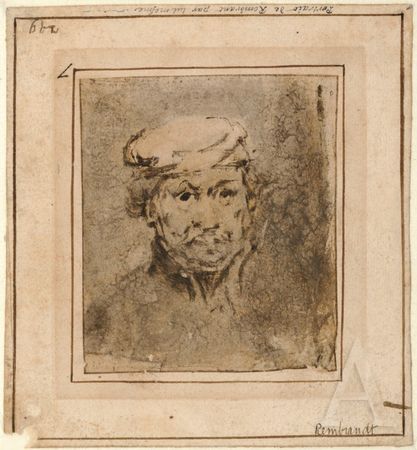
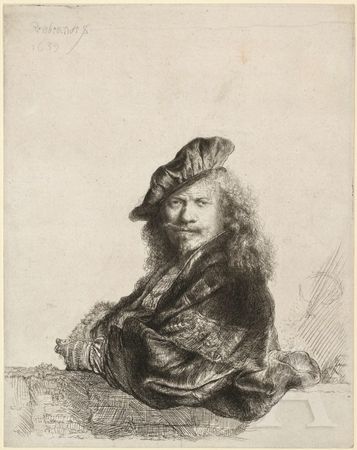
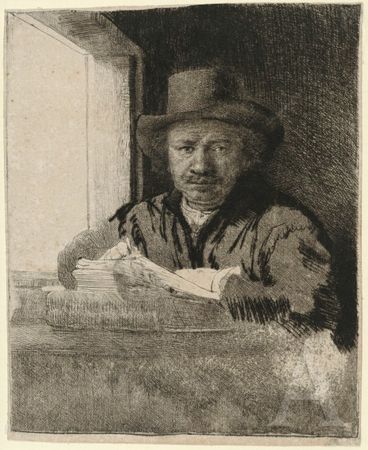
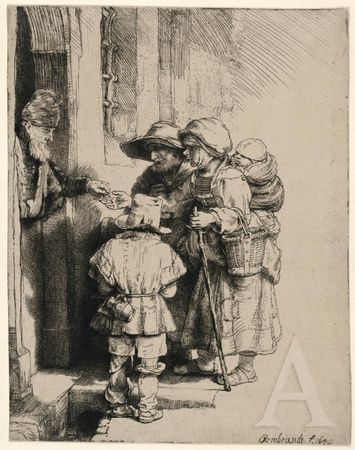
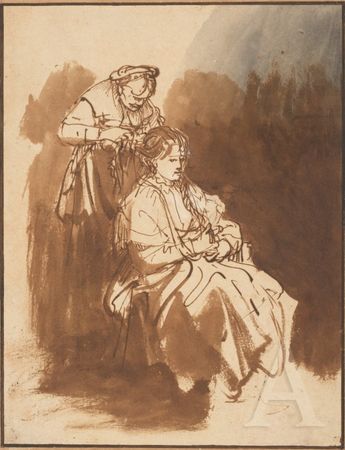

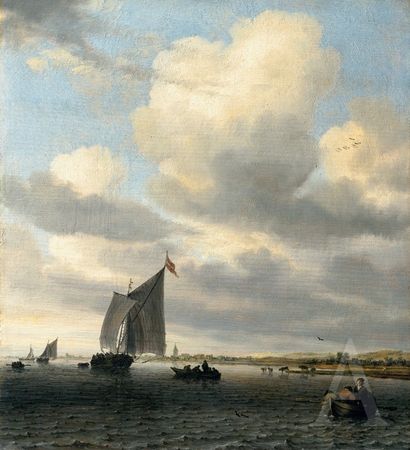
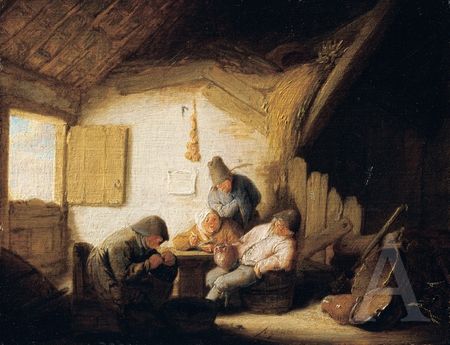
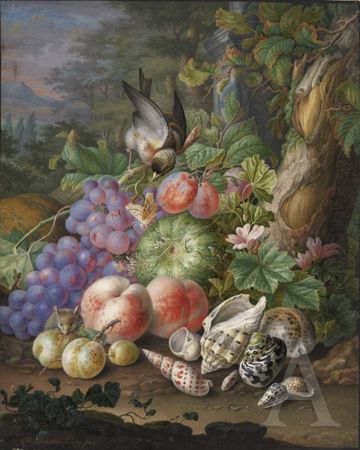
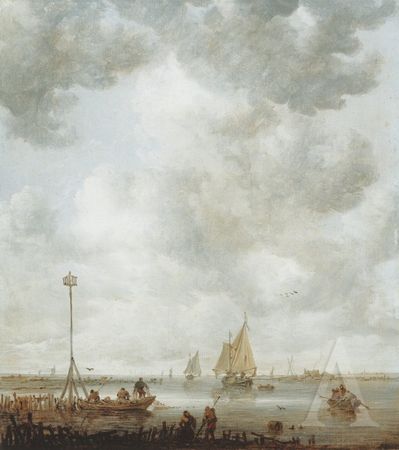



/http%3A%2F%2Fstorage.canalblog.com%2F84%2F66%2F119589%2F62933662_p.jpg)
/http%3A%2F%2Fstorage.canalblog.com%2F59%2F52%2F119589%2F54715900_p.jpg)
/http%3A%2F%2Fstorage.canalblog.com%2F01%2F83%2F119589%2F65830704_p.jpg)
/http%3A%2F%2Fstorage.canalblog.com%2F95%2F89%2F119589%2F41637307_p.jpg)